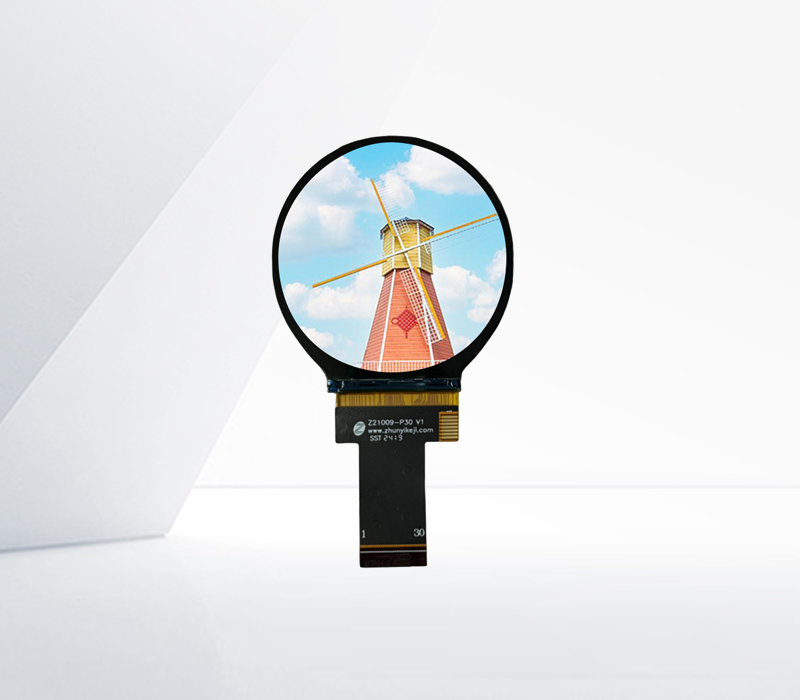



Rectangular Touch Screens

Rectangular touch screens are the most common form factor in the world of touch screen technology, finding applications in numerous devices due to their practicality and versatility.
Shape Based Functionality
The rectangular shape of these touch screens is highly conducive to the display of text, images, and user interfaces. In smartphones, the rectangular screen allows for a natural layout of apps, messages, and web pages. The long side dominant rectangle (usually in a 16:9 or 18:9 aspect ratio) is optimized for viewing videos, as it closely matches the aspect ratio of most video content. This ensures that videos can be displayed in full screen mode without significant black bars on the sides, providing an immersive viewing experience.
In tablets, the rectangular touch screen offers a large canvas for reading e books, magazines, and digital comics. The wider screen area allows for a more comfortable reading experience, with text flowing naturally across the page. Additionally, the rectangular shape is well suited for multitasking. For example, some tablets allow users to split the screen into two or more sections, enabling simultaneous use of multiple apps, such as browsing the web while taking notes or watching a video while chatting with a friend.
In industrial control panels, rectangular touch screens are designed to display complex diagrams, gauges, and control interfaces. The rectangular shape can be easily customized to fit the specific needs of the application, with different sections dedicated to different functions. For instance, in a factory control room, a rectangular touch screen panel may have one section for monitoring machine status, another for adjusting parameters, and a third for viewing alarm notifications.
Manufacturing and Compatibility
Rectangular touch screens are relatively easy to manufacture compared to other shapes. The standard rectangular geometry simplifies the production process, from the deposition of touch sensing layers to the assembly of the screen with the device's housing. This results in lower production costs, making rectangular touch screens more accessible to a wide range of device manufacturers.
Their shape also ensures compatibility with various device enclosures. Whether it's a handheld device, a desktop monitor, or a wall mounted kiosk, the rectangular shape can be easily integrated into the existing design of the device. This compatibility reduces the need for custom designed components, further streamlining the manufacturing process and making it easier for manufacturers to update their product lines with the latest touch screen technology.
User Experience Considerations
From a user experience perspective, the rectangular shape is familiar and intuitive. Most people are accustomed to interacting with rectangular shaped displays, whether it's a computer monitor or a television screen. This familiarity makes it easier for users to adapt to new devices with rectangular touch screens. The consistent shape also means that users can transfer their knowledge of touch screen gestures, such as swiping, tapping, and pinching, across different devices.
The rectangular shape also allows for easy one handed or two handed operation in handheld devices. The long sides of the rectangle provide a comfortable grip for the user, while the large screen area remains accessible for touch inputs. For example, in a smartphone, users can easily reach all parts of the rectangular screen with their thumb or fingers, depending on their hand size and grip style.
the rectangular shape of touch screens offers a combination of functional, manufacturing, and user experience advantages, making it the de facto standard in the touch screen industry.
